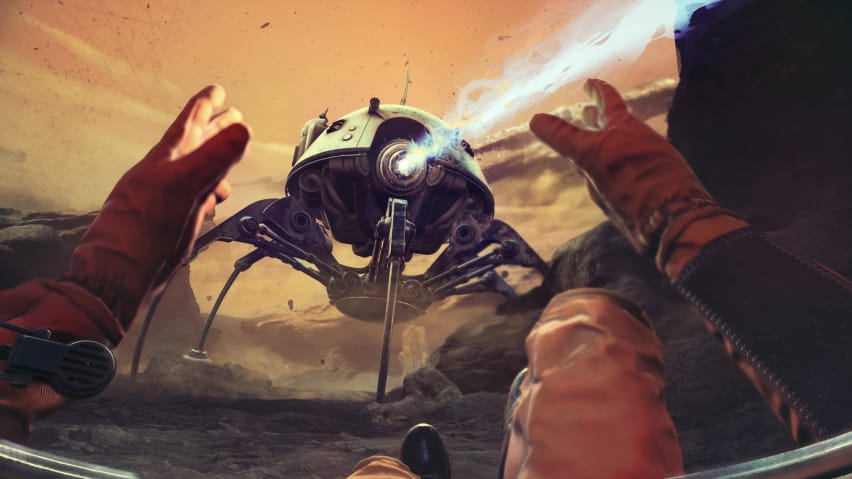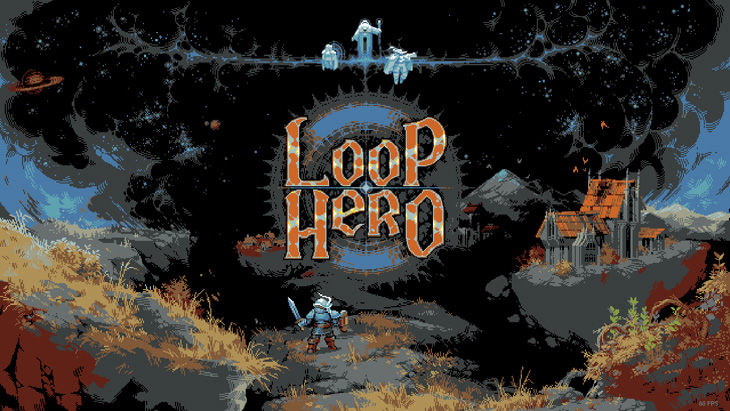
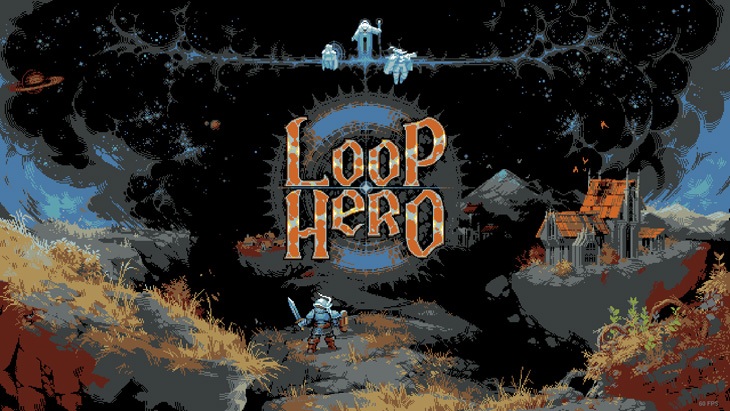
We’ve all seen them before: idle hero games games that offer little in the way of gameplay but with an addictive progression that tries to coax out microtransactions. But what if someone took such a tainted concept, and turned it into a strategic deckbuilding RPG?
Loop Hero is a deckbuilding game that sees the titular hero given the task of recreating the world after a magical conspiracy has seen the very concept of existence torn asunder. Along the way the hero will have to create a safe haven from the primordial remnants of reality, and recreate the world in order to suit their adventure.
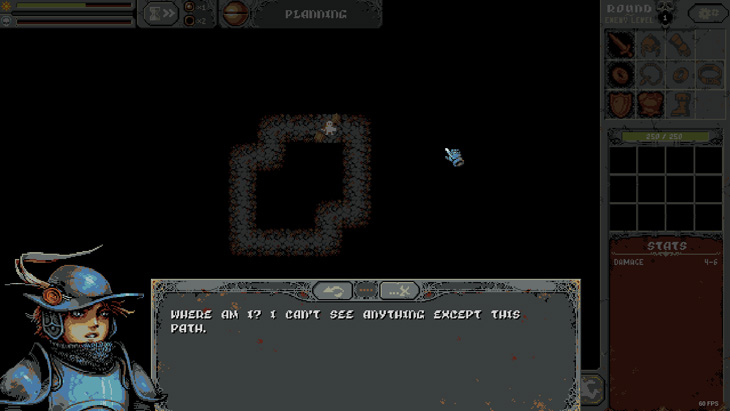
After the world has been annihilated by a Lich, a lone hero walks the void of what was once reality. During his journey through the void, she manifests the power to “remember” the world as it used to be, at least as best he can.
Using these memories of reality, the hero uncovers a mystery involving conspirators who engineered the ending of reality. A lich, a priestess, and more have all worked together to unmake God’s creation and have done so in His name, but is that the truth?
The mystery of what happened and how to undo it is the driving force behind the story of Loop Hero. The hero forced to overcome the impossible task of recreating reality bit by bit, and bringing ruin to those who unmade it.
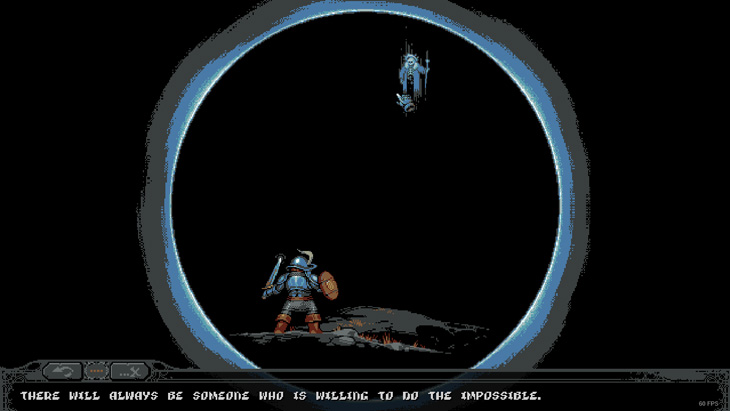
Loop Hero looks simple, but the operative word here is “looks.” Appearances can be deceiving, and fans of deckbuilding games will know that the genre is a lot of trial and error.
This isn’t a bad thing however; because the game rewards ingenuity, puzzle-solving, creativity, and a knowledge of RPG mechanics. Players will have to grind resources and uncover strategies in order to power up for the long adventure before them.
The core gameplay routine takes place in three phases, the camp-building, the planning and equipping phase, and the combat phase. The camp-building phase takes place between expeditions, and resources earned on expeditions are used to create facilities that give long-term buffs.
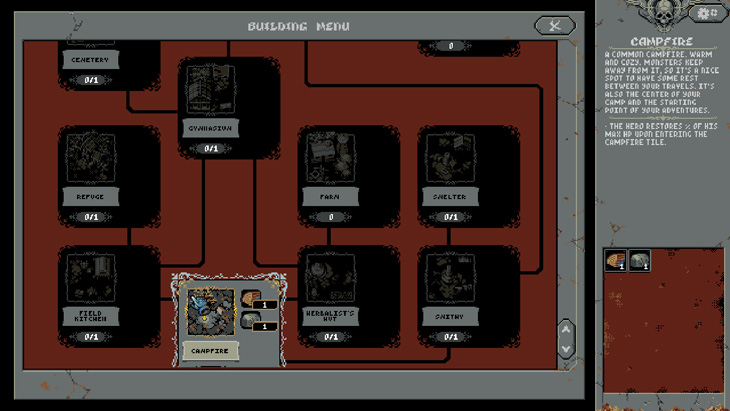
For instance, the Herbalist’s Hut camp facility gives the hero potions that recover a percentage of health automatically beneath a certain threshold. These potions are partially revealed with every successful loop around the map during expeditions.
Each expedition takes place around a randomly generated loop, and the loops are nothing but void “wastelands” that randomly spawn slime enemies. But slimes are just the beginning; and drop equipment and cards, the latter of which is used to shape the world around the hero.
Some cards create buffs regardless of where they’re placed, for instance meadows restore health every day. Meanwhile other cards can create effects on surrounding tiles or edit tiles wholesale.
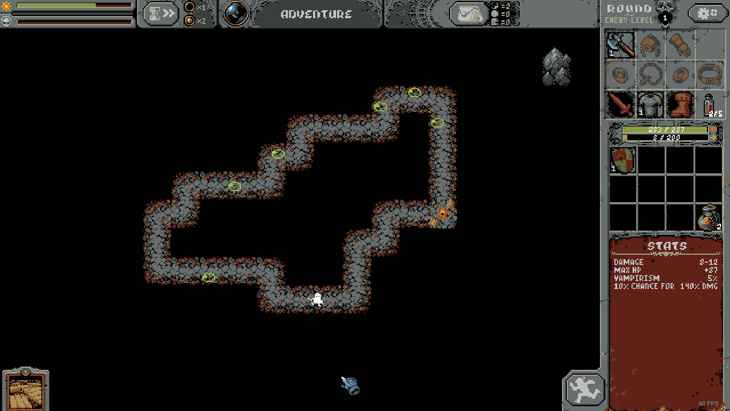
Vampire Manors will cause a Vampire enemy to spawn on adjacent tiles, thus a Vampire Manor is placed next to the loop. A Cemetery spawns a Skeleton every couple in-game days, and is placed directly on the loop, turning a default Wasteland tile into a Cemetery.
It might sound counterproductive to spawn Vampires, Skeletons, and other monsters; but in true RPG fashion grinding is incredibly important. Every monster slain is a chance at new and better gear, or new cards to further modify the map.
Loop Hero then becomes a matter of strategy, deciding just how dangerous you want to make parts of the map and if the reward is worth the danger. An early lead can quickly become overwhelming if your gear doesn’t keep pace with the growing strength of the enemies.
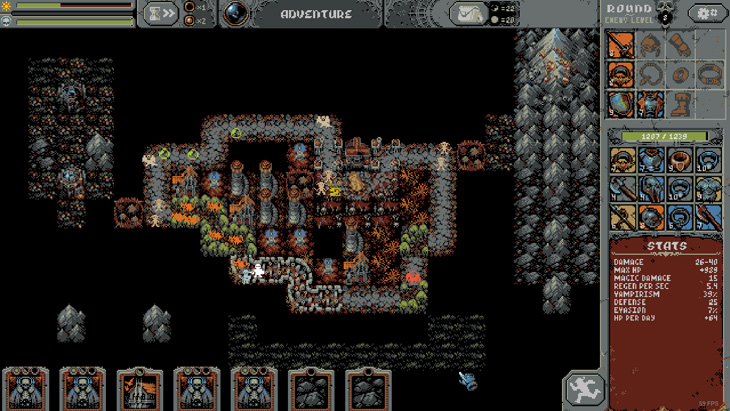
Luckily, the hero has unlimited attempts to conquer each chapter. Even a fatal run isn’t totally worthless, as you get to keep at least 30% of the resources you gather, which can be used to upgrade the camp and come back even stronger.
This format of endless attempts allows the game to be challenging, with the resource grind creating a safety net of sorts that ensures gradual progression instead of constant setbacks. Players are allowed to try things out or have bad luck without being punished for it in the long run.
A problem though, is that Loop Hero isn’t the best at explaining just how many tools are at your disposal to power yourself up. After being able to craft food and tools, I didn’t realize how to use them or whether or not they were consumed on each expedition until after a few more loops. The buttons were left untouched due to their unclear purpose.
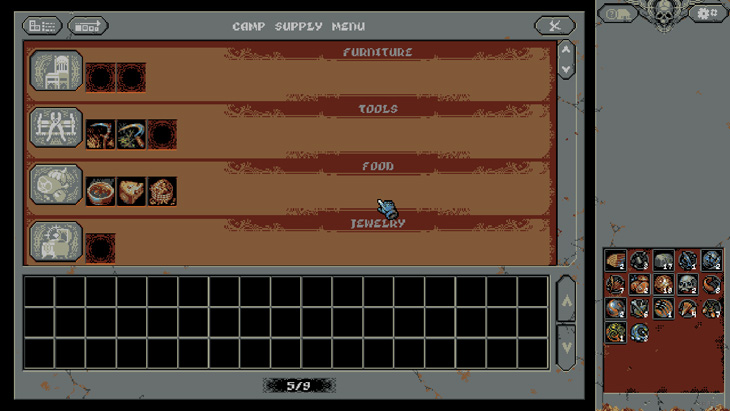
Finally the main source of customization and power, the deckbuilding. Acquiring new cards is a slow and tedious process tied to the progress made on the campsite. Building one location can unlock new cards, and each card belongs to a particular category.
A deck has hard limits, in both categories and overall size. A deck must include at least seven different kinds of card, and no more than twelve. Two of these cards must be “terrain” like Meadows or Rocks.
The game is opaque about what the odds are for drawing a card are, or even whether slaying an enemy will give you one. All you’re given is a vague “rarity” as indicated by the circles at the top of each card, though in true deckbuilding fashion RNG is just as much a foe as the enemies on the board.
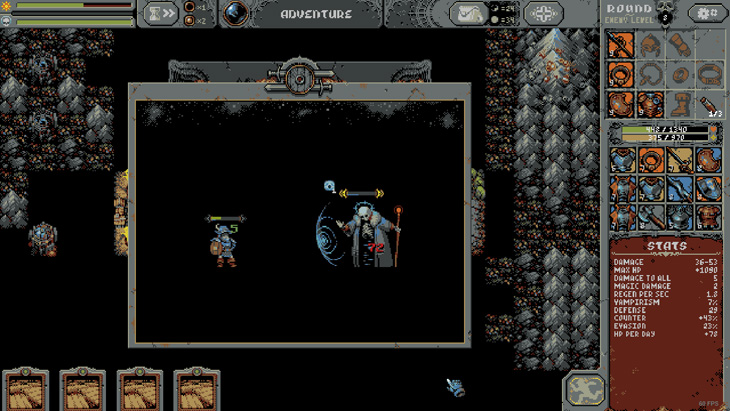
Many loops have become frustrating slogs after being dealt four Spider Cocoons in a row, and no Battlefields to pad out my gear drops. But that’s part of the game’s charm and difficulty: knowing when to run.
As mentioned earlier, you’ll receive at least 30% of the resources you collect in a run, that’s if you die. When not in combat, you can end the expedition and receive 60% if your resources, or if you’re able to tough it through to the campsite tile you can retreat with all of them.
Tactical retreats can cut out a lot of the grind, and you frequently need to assess the situation to determine whether it’s best to proceed. Situations can get out of hand fast however, depending on the position of your cards and your attributes.
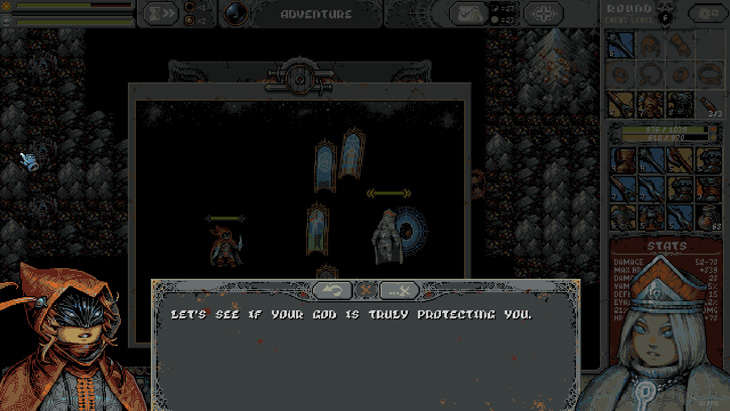
Loop Hero is very much a game where you learn as you go. While some things like crafting are needlessly obscure, it’s still entertaining to tinker with all the different parts to tackle stronger and stronger expeditions.
Loop Hero makes phenomenal use of its pixel graphics. Fans of gritty fantasy games like Darkest Dungeon or the Warhammer Fantasy franchise will probably enjoy the grotesque and eldritch monsters of Loop Hero.
NPCs vary from cute maidens to weathered old men with haunting expressions, and all of this is portrayed clearly through detailed pixel art. Some details are lost on the loop map however, and some tiles can interact creating subtle changes.
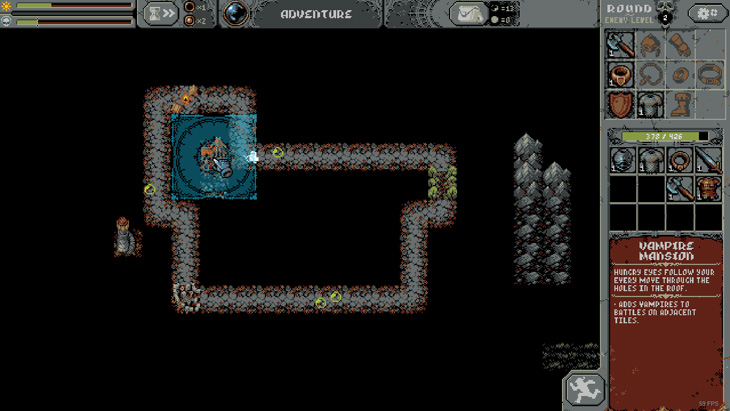
If two Battlefields are placed near each other, their overlapping area of influence becomes soaked with blood, creating weird apparitions that don’t seem to give loot. A Vampire Manor placed next to a Town becomes ruined, but eventually recovers as “The Count’s Lands”- an even better version of the town.
These small changes are so hard to spot you’ll accidentally stumble onto these interactions before you realize the change. This means you can end up fighting strange monsters you’ve never seen before.
The music is eerie and suits the pixelated aesthetic of the game. Loop Hero unfortunately manages to miss on explaining the many audio cues in the game. There’s at least two strange sound effects I heard after unlocking and using the Rogue class that frankly I had no idea what they meant.
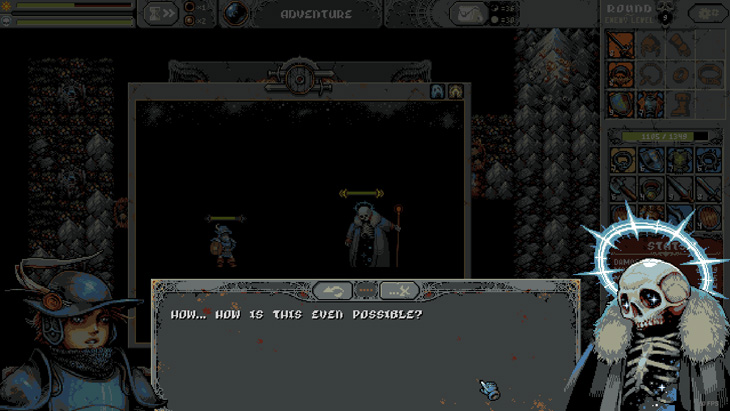
Overall, Loop Hero manages to be an interesting and unique deckbuilding game so far. Instead of a typical Roguelike where progress is reset, it’s about a grindy but rewarding progression. Fans of deckbuilding games, roguelite RPGs, and gritty fantasy are set to find a lot to enjoy from Loop Hero.
Loop Hero was previewed on Windows PC using a preview copy provided by Devolver Digital. You can find additional information about Niche Gamer’s review/ethics policy here.


